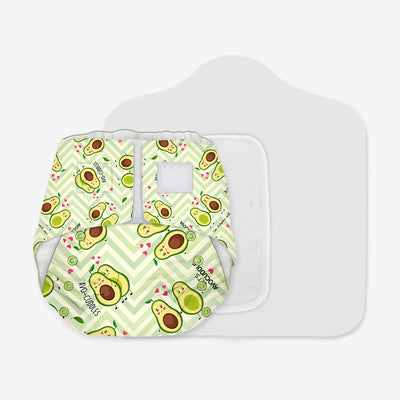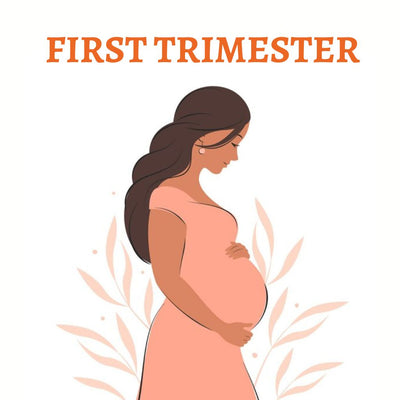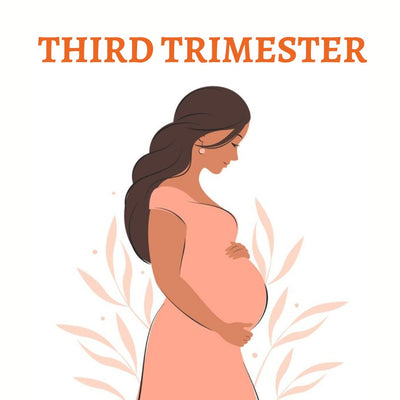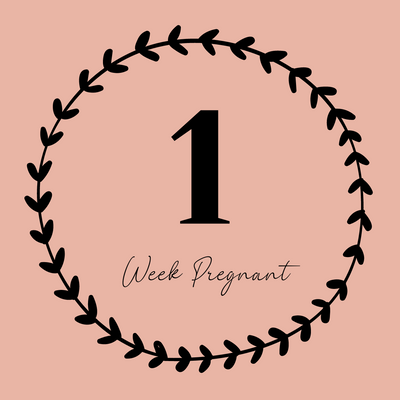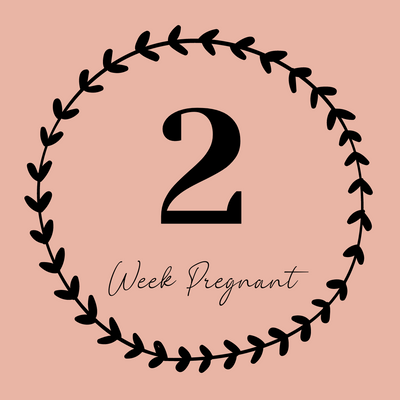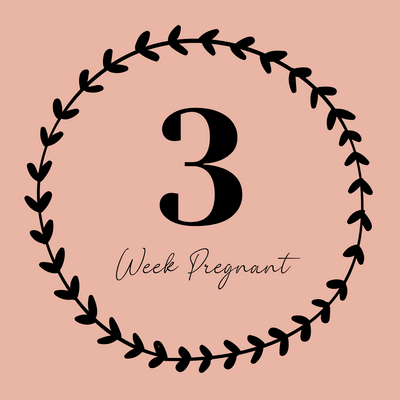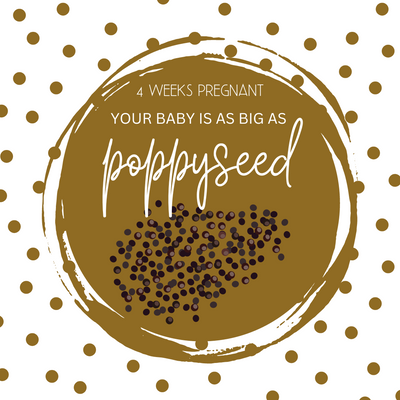Second Trimester

Pregnancy is an incredible journey filled with numerous milestones and stages. Among these stages, the second trimester is often considered the most exciting and enjoyable. Lasting from weeks 13 to 28, the second trimester brings forth significant changes for both the expectant mother and her growing baby. In this blog, we will delve into the duration, development, symptoms, and essential checklist items for a smooth second trimester experience.
Duration and Conclusion: Unveiling the Length of the Second Trimester:
The second trimester spans from week 13 to week 28 of pregnancy, encompassing a total of 15 weeks. This phase is characterized by a myriad of physical and emotional changes as your baby rapidly develops. With the halfway mark of pregnancy approaching, it's essential to understand the crucial developments occurring during this trimester.
Your Baby’s Development in the Second Trimester:
During the second trimester, your baby experiences remarkable growth and development. Here are some notable milestones:
Fetal Features: By the end of the second trimester, your baby's facial features will be more defined. Eyebrows, eyelashes, and even hair may start to appear. Their limbs also become proportionate, allowing for more coordinated movements.
Organ Formation: Vital organs like the lungs, liver, and kidneys mature further, preparing your baby for life outside the womb. The skeletal system strengthens, and the bone marrow begins to produce red blood cells.
Sensory Development: Your baby's senses develop rapidly during this trimester. They can hear and respond to external sounds, and their taste buds and sense of touch become more refined.
Gender Reveal: Around week 18-20, many expectant parents opt for an ultrasound to determine their baby's gender. It's an exciting milestone that adds a personal touch to the pregnancy journey.
What’s in Store for You This Trimester:
As your baby thrives, you may experience various physical and emotional changes during the second trimester. Here's what you can expect:
Increased Energy: The fatigue experienced during the first trimester often diminishes, leaving you feeling more energetic and ready to embrace pregnancy fully.
Baby Bump Growth: Your belly expands significantly during this trimester, becoming more prominent and noticeable. Embrace this physical transformation and consider investing in comfortable maternity clothing.
Reduced Morning Sickness: For many women, the second trimester brings relief from the morning sickness that plagued them during the first trimester. Nausea and vomiting tend to decrease, allowing for a more enjoyable pregnancy experience.
Emotional Well-being: Hormonal fluctuations stabilize during this phase, leading to improved mood and emotional well-being. Many expectant mothers report feeling a sense of joy and excitement as their baby's movements become more pronounced.
Second Trimester Symptoms:
While the second trimester generally brings relief from some first-trimester symptoms, a few discomforts may persist. Here are some common symptoms and tips to manage them:
Backache: As your baby grows, your centre of gravity shifts, leading to lower back pain. Maintain good posture, use proper body mechanics, and consider prenatal yoga or exercise classes to strengthen your back muscles.
Heartburn and Indigestion: The growing uterus puts pressure on the stomach, causing acid reflux and indigestion. Eat smaller, more frequent meals, avoid spicy and fatty foods, and elevate your upper body while sleeping.
Stretch Marks: Rapid weight gain and stretching of the skin can result in stretch marks. Moisturise your skin regularly and consider using creams or oils specifically designed to reduce the appearance of stretch marks.
Leg Cramps: Dehydration and mineral imbalances can cause painful leg cramps. Stay hydrated, stretch your legs regularly, and include foods rich in potassium and calcium in your diet.
Checklist for the Second Trimester:
To ensure a smooth and healthy second trimester, consider the following checklist:
Schedule Prenatal Appointments: Regular check-ups with your healthcare provider are crucial during this trimester. Stay on top of your appointments and discuss any concerns or questions you may have.
Healthy Nutrition: Maintain a balanced diet that includes essential nutrients for both you and your baby. Seek guidance from your healthcare provider or a registered dietitian for customised dietary recommendations.
Stay Active: Engage in regular prenatal exercises, such as walking or swimming, to keep your body strong and prepare for labour. Prior to initiating any exercise program, it is advisable to consult with your healthcare provider.
Prepare for the Baby: Begin researching baby essentials, create a registry, and plan your nursery. This trimester is an ideal time to start considering childbirth classes and exploring different birthing options.
The second trimester is an exciting phase of pregnancy, marked by your baby's rapid development and a newfound sense of well-being. Embrace the physical changes, take care of your health, and cherish the special moments of this transformative journey. By following the checklist and staying informed about the symptoms and developments, you can make the most of your second trimester experience. Enjoy this incredible chapter as you eagerly await the arrival of your little one.


